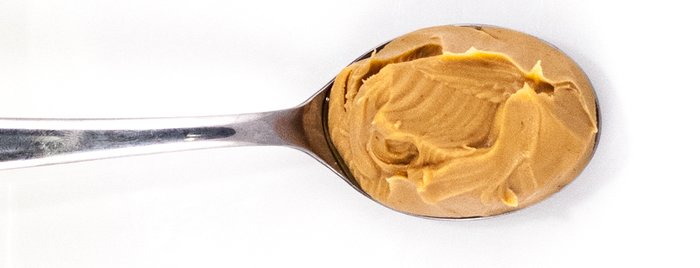When you're creating a nutrition plan, you adjust it to meet your training, schedule, medical history, food allergies and intolerances, and goals. But don't forget to factor in one more thing: your sex.
Women's bodies differ from men's in terms of average height and weight, hormones, and average amounts of muscle and fat mass. And there's a lot of research on the capacity of women versus men to increase strength and respond to training.[1] But there isn't much on the difference in nutritional needs between the sexes.
Even so, one thing seems to be very clear: Women who train can benefit from eating more fat. Here's why.
Women's Bodies Just Like to Burn Fat
Being the miracle that it is, the human body is able to efficiently use both carbohydrates and fat for fuel. Which one it uses most depends in large part on your activity level—and your sex.
Your body's preference for one fuel over another is represented by your respiratory exchange ratio (RER). If you have a high RER, your body is relying primarily on carbs for energy; if it's low, it's using fats. A RER value of 0.85 is considered a near-equal mix of both carbs and fat.
Studies indicate that, in general, women may have a lower RER during both low- and high-intensity exercise compared to men. This suggests women's bodies prefer to use more fat and fewer carbs when exercising.[2,3]

Estrogen Ups the Fat Preference
The female sex hormones estrogen and progesterone are also contributing factors. These affect fat and carbohydrate metabolism. Specifically, they increase reliance on fat as fuel, especially during exercise that amounts to less than your most intense effort.[4,5] Since women have higher concentrations of both of these hormones, women rely on fat more than men do during exercise.
Variations in these hormones can occur during the menstrual cycle. However, research does not provide strong support for the idea that fat or carbohydrate utilization changes much during different phases of the cycle. Regardless of what the trainer at your local gym tells you, you don't need to drastically change your diet based on the time of the month!
You Go, Intramuscular Fat Stores!
Research has also shown that women have larger intramuscular fat stores that they rely on during prolonged exercise than men do.[6] This can be partially explained by the fact that women tend to have a higher percentage of type I than type II muscle fibers. Type I contain more intramuscular fat stores.
Furthermore, hormone-sensitive triacylglycerol lipase (HSL), which helps to break down intramuscular fat, appears to have higher activity in women because it exists in higher quantities in type I fibers.

Women, Your Bodies Like Fat, So Be Sure to Get Enough of It!
Continued research is needed to discover other differences of note between the nutritional needs of women and men. The information available at present suggests that women's bodies are well-equipped to handle dietary fat, and for that very reason, women should be sure to consume enough of it.
Although no specific recommendations exist at this time, women should try to get at least 20 percent of their total daily calories from healthy fat sources. So, if your dietary target is 2,000 calories per day, you should consume 44 grams of fat per day.
This much is clear: Women naturally store more fat throughout their bodies than men do—and have the cellular machinery and the hormones to use it as an efficient source of fuel during exercise. If you're a woman, consuming enough fat each day can improve your health, energy, and performance.
References
- Staron, R. S., Karapondo, D. L., Kraemer, W. J., Fry, A. C., Gordon, S. E., Falkel, J. E., ... & Hikida, R. S. (1994). Skeletal muscle adaptations during early phase of heavy-resistance training in men and women. Journal of applied physiology, 76(3), 1247-1255. Horton, T. J., Pagliassotti, M. J., Hobbs, K., & Hill, J. O. (1998). Fuel metabolism in men and women during and after long-duration exercise. Journal of Applied Physiology, 85(5), 1823-1832.
- Venables, M. C., Achten, J., & Jeukendrup, A. E. (2005). Determinants of fat oxidation during exercise in healthy men and women: a cross-sectional study. Journal of Applied Physiology, 98(1), 160-167.
- Wismann J. & Willoughby, D. (2006). Gender Differences in Carbohydrate Metabolism and Carbohydrate Loading. Journal of the International Society of Sports Nutrition, 3(1), 28-34.
- D'eon, T., & Braun, B. (2002). The roles of estrogen and progesterone in regulating carbohydrate and fat utilization at rest and during exercise. Journal of Women's Health & Gender-Based Medicine, 11(3), 225-237.
- Steffensen, C.H, Roepstorff, C., Madsen, M. et al. (2002). Myocellular triacylglycerol breakdown in females but not in males during exercise. American Journal of Physiology Endocrinology and Metabolism, 282, E634-E642.
- Green, H. J., Fraser, I. G., & Ranney, D. A. (1984). Male and female differences in enzyme activities of energy metabolism in vastus lateralis muscle. Journal of the Neurological Sciences, 65(3), 323-331.

